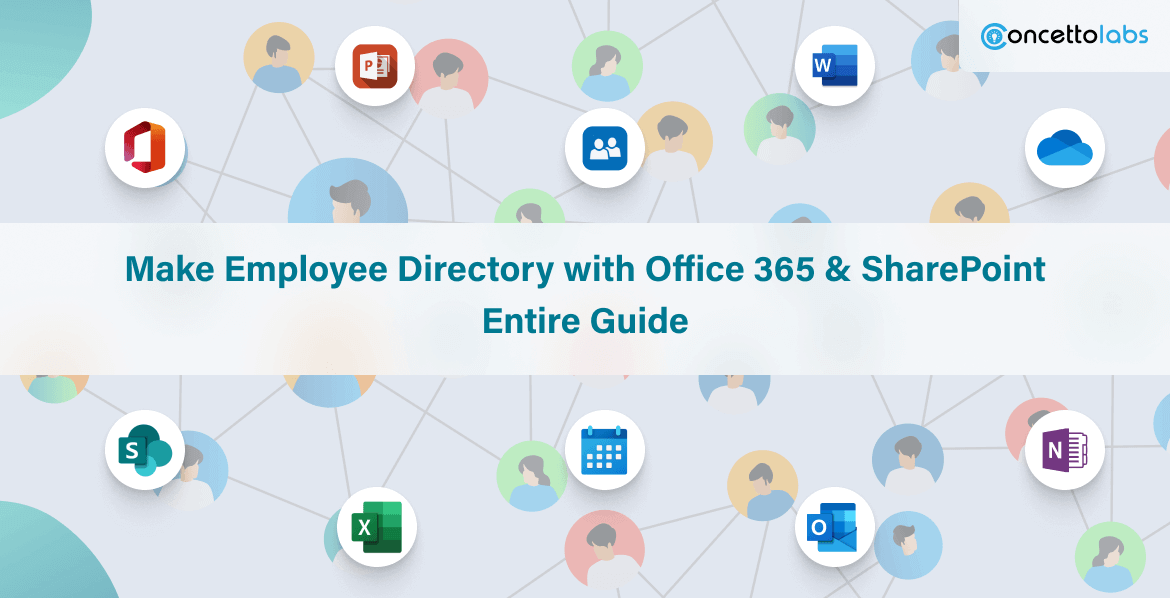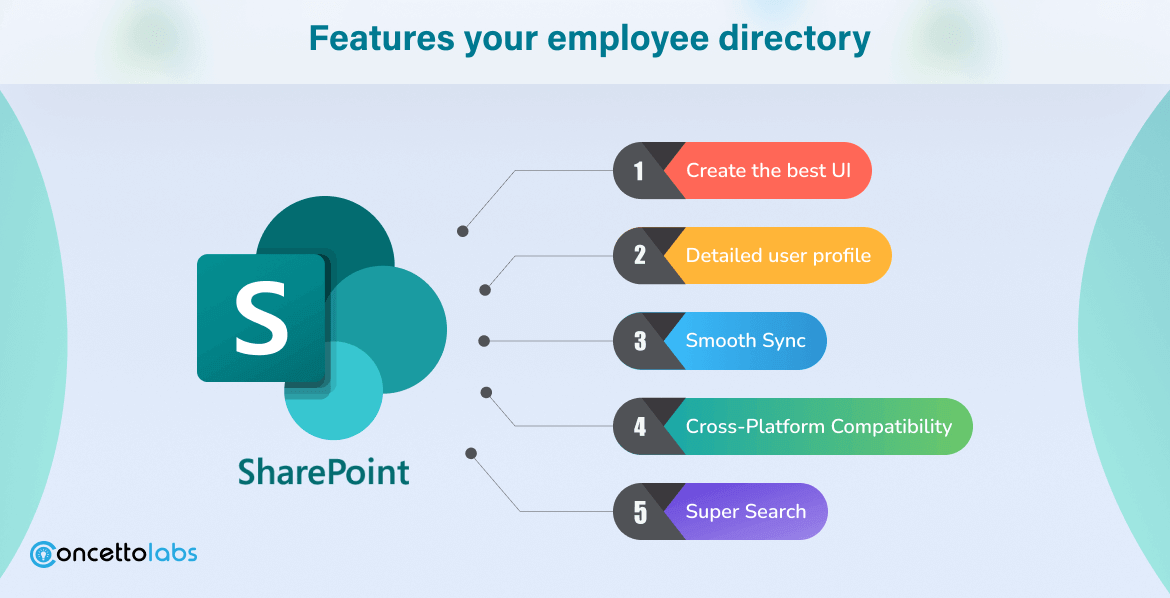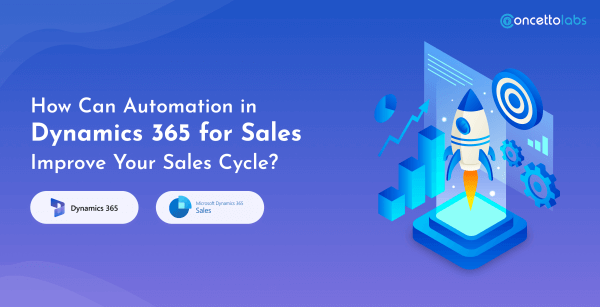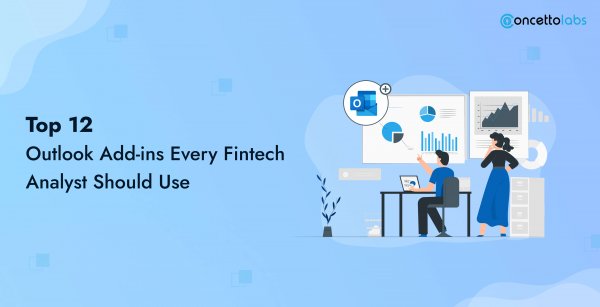Summary: Automation in Dynamics 365 for Sales enhances sales performance through AI, automation, and real-time analytics. It streamlines processes, improves customer relationships, and integrates sales and marketing for better efficiency and productivity. Sales function improvement is crucial in modern business competition for organizations that are after success. To boost sales performance with the aim of […]
Make Employee Directory with Office 365 & SharePoint – Entire Guide
![]() By Tejas Patel | Thursday, April 25, 2019 12:16 PM | 3 min read | 1352
By Tejas Patel | Thursday, April 25, 2019 12:16 PM | 3 min read | 1352

Table of Contents
Regardless of what size of the company you are in our own one, it is necessary to have track of every minute thing happening in the organization. This is only possible when you are energetic about worker profiles and the business advantages acknowledged when profiles are up to date & have complete information.
Profile data is expended over various Microsoft items and administrations including Outlook, SharePoint, etc., and also in the customized office 365 SharePoint development, for example, the employee catalog/employee directory.
The employee directory is a critical tool for everybody in a company to discover individuals and their abilities rapidly and effectively. Complete and precise employee directories lead to improved asset usage and joint effort.
Why do we need an Employee Directory?
According to the survey, Employee directories are mainly used for discovering individuals and expertise rapidly and effectively in the organization. The key turns to this disclosure which is portrayed beneath.
- To get in touch with someone whose first name or last name is known
- Contact someone in the department
- A new employee always wants to get in touch with someone who has the same designation to make tasks for him/her similar. Employee directories play a vital role here too.
- In a huge organization, there might be a case where the manager needs to know what responsibilities are allocated to whom. With the employee directory, a quick run-through can provide him with all the info that is required.
Why Employee Directory with Office 365 Over Spreadsheets?
There are a lot of issues with spreadsheets. To mention a few, have a look below:
- They are operated manually, which naturally includes the danger of human blunders.
- Being static means they once in a while change.
- Sometimes the information in the spreadsheets is forgotten to be updated, although an admin is allotted for updating.
- Contact data can change, just as jobs and titles, rapidly outdating the spreadsheet which should be a brilliant record.
- It is usually found in a folder that is rarely operated or on the desktop and has shared access. Thus there is dependably the topic of whether it is precise!
The above reasons are fair enough to state that the spreadsheets are outdated and not actually the most solid approach to managing the employee directory.
Thus there comes the idea of developing an employee directory for your organization after knowing its advantages. Thinking outside the box is always appreciated.
So SharePoint PowerApps Development for your employee directory can be a very good alternative. Also if you are looking to hire SharePoint PowerApps Developer for your Office 365 employee directory, you have landed at the right place at the most fortunate time. Go ahead and let us know your requirements, you always have our back.
But before you move ahead, make sure your employee directory has the following features in it.
Features your Employee Directory

1. Create the best UI: An extreme client experience is a must. This will give the new joiners a platform to orient themselves. Your employee directory should be robust. The software must allow employees to upload photos, and add their personal details easily so that their co-workers can know them personally & professionally.
2. Detailed user profile: Name, address, contact number, designation, etc. can definitely be beneficial but have you thought about skills, and past & present project details? Well, your employee directory ought to be this.
A profile of who that individual truly is and what aptitudes and abilities they convey to the table. What are they great at and how might they team up with others to complete an occupation well. A user profile can be far beyond an email address & name, but only when you have the right one to get it developed.
3. Smooth Sync: Make sure the software does not require any training or specific specialized abilities to get it installed. Also, the data should perfectly sync with the existing tools. If not all then try to cover the maximum.
4. Cross-Platform Compatibility: The most important feature and a must-have. Your software should be accessible through the web as well as a mobile phone. The app should be available on both the App Store & Play Store. This will give quicker & easier access to the newer employees too.
5. Super Search: Have an elastic search option. i.e. The user should be allowed to search using any keyword regardless of the size of the organization and the software should render a specific result. This feature can be an icebreaker.
Summing Up,
Just one question, Are you ready for the change? We have ideas that are not only affordable but will also help the employees in any challenging atmosphere. Contact us today without giving it a second thought and you will have such software each one in the company will like to use!
Looking to hire SharePoint PowerApps Developer
Table of Contents

















